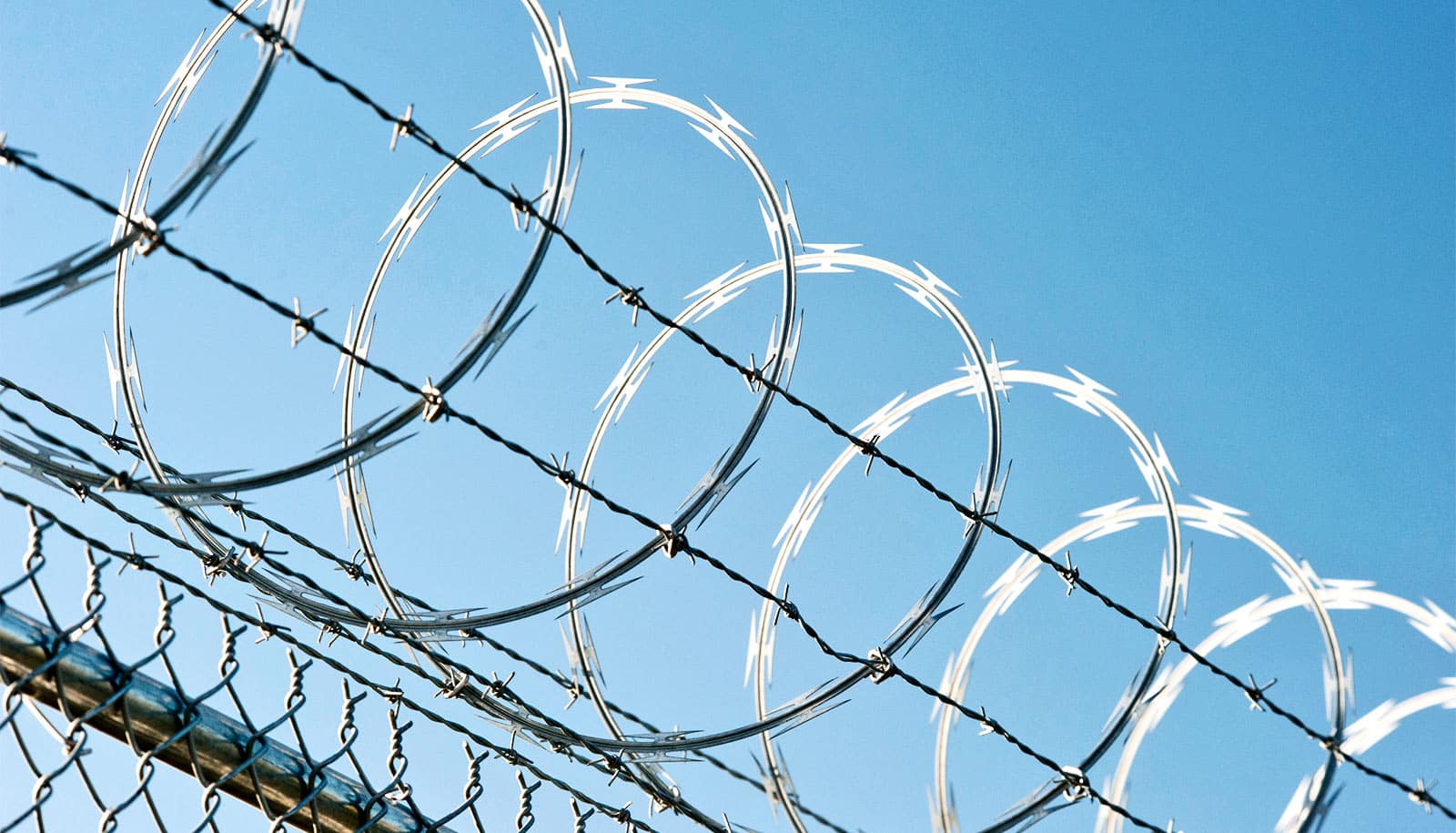Risk assessment tools may contribute to expanding the number of people caught up in the criminal justice system, rather than reducing those numbers, according to new research.
The use of risk assessment tools has increased considerably within criminal justice institutions in recent decades, and these tools have been viewed by many as a way to stop or even reverse the United States’ heavy reliance on imprisonment.
“In the United States today, there’s a big debate going on about how to best reform criminal justice systems and reduce mass incarceration,” says Robert Werth, a senior lecturer in sociology at Rice University.
“In the realm of punishment, risk assessment tools are used to predict the likelihood of reoffending. They evaluate individuals on a number of factors, including past criminal behavior, age, education, etc. They are used to help determine parole and how closely or not closely to supervise people who are paroled,” Werth explains.
In a new paper, which appears in Social & Legal Studies, Werth suggests that risk assessment instruments are contributing to an environment that considers everyone who is assessed a risk, which in turn may lead to higher levels of people getting involved in the criminal justice system.
“While these instruments note variations in the amount or level of risk, at the same time they promote the idea that everyone in the criminal justice system is dangerous,” Werth says. “Yet we know that a significant number of people are there for low-level, non-violent offenses and represent little or no threat to public safety.”
As the use of risk assessment tools increased, so did the number of people imprisoned, Werth notes. In 1970, only one state—Illinois—used actuarial risk assessment tools for determining parole release from prison. During the 1970s, the federal government and California began using these tools. In the 1980s, six more states joined the list. By 2004, 28 of the 32 states with a parole system used risk assessment tools as part of the parole decision-making process.
3 steps to fight mass incarceration in the United States
In 1972, there were approximately 375,000 people incarcerated in the US. By 2007, the number had climbed to 2.1 million people. In 1972 the incarceration rate was 161 incarcerated people per 100,000 residents, compared with 767 per 100,000 in 2007.
Last year the US spent approximately $80 billion on prisons, Werth says. He hopes the research will shed light on how risk assessment tools may affect incarceration rates.
Prison linked to obesity among black men
“It has been argued that risk assessment tools could help stem the tide of mass incarceration,” Werth says “However, the evidence suggests that thus far, risk assessment instruments have contributed to expanding the number of people enmeshed in the criminal justice system—encompassing imprisonment, probation, and parole.”
Rice, the University of California, Irvine, and a grant from the National Science Foundation funded the work.
Source: Rice University



